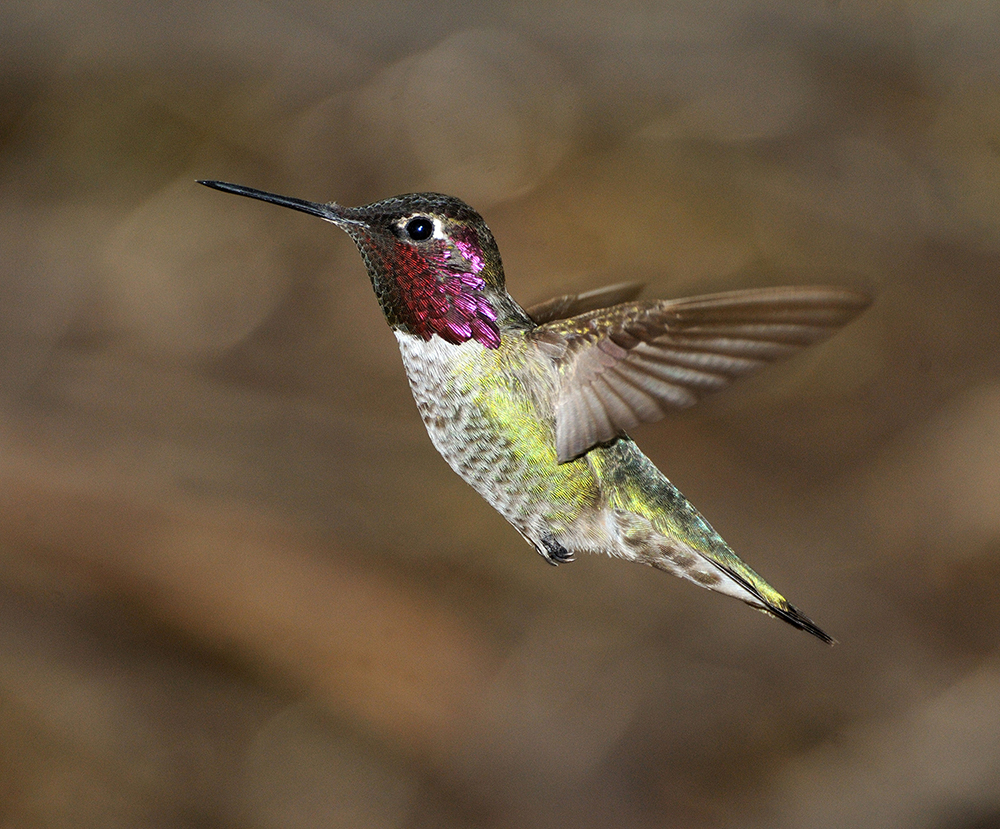Technology sends Project FeederWatch soaring at 30
By Krishna Ramanujan
The story of Project FeederWatch – a citizen-science program where participants track birds visiting their backyard feeders from November to April – shows how technology has helped citizen science grow bigger in unexpected ways.
This winter, Project FeederWatch celebrates its 30th anniversary. With 20,000 participants across the U.S. and Canada, it features one of the largest databases of feeder bird populations in the world.
FeederWatch had humble beginnings in Canada closer to 40 years ago, when members of the Ontario Bird Feeder Survey mailed in paper forms with counts of birds that visited their feeders. Paper forms are now a thing of the past for Project FeederWatch.
“The 30th season is the first season that we aren’t scanning paper forms anymore, we’re just doing digital,” said Emma Greig, Project FeederWatch leader at the Cornell Lab of Ornithology.
Erica Dunn, Project FeederWatch founder who later became a Canadian Wildlife Services researcher, started the Ontario Bird Feeder Survey in the mid-1970s to boost membership in the Long Point Bird Observatory in Ontario, where her husband was director.
“The first couple of years we were just adding up the numbers that were sent in on paper forms, punching them into an adding machine,” Dunn said. When the survey had close to 500 participants, Dunn got access to a punchcard machine, which sped up tabulations.
In 1986, Dunn decided to expand the survey into the United States, so she approached the Cornell Lab of Ornithology, and Project FeederWatch was born.
They switched to bubble forms, like those found on standardized tests, which participants filled out. The forms were run through a Buick-sized paper data scanner at Cornell, Dunn said.
“I think it was the first wide-scale volunteer project that had any kind of computerization of that kind,” Dunn said.
Bubble forms allowed FeederWatch staff to share the results with participants before the next season began.
“That was a real boon and kept people’s interest high,” she said. But yet another transition changed everything: moving from bubble forms to the internet. “Once you could do it by internet, we got people reporting directly online. It’s a whole different ballgame now, it allows so many more people to take part.”
Aside from direct and efficient data entry and providing easy access to participants across the continent, the internet has also made the project more interactive for users, as they can instantly see up-to-date results of observations.
“I think that’s crucial for a citizen-science project because people want to know that their efforts are paying off, and they’re interested to see how their results compare to others, where they fit into the big picture,” Dunn said.

In this way, users can pull up maps and visualizations of the distributions of a particular species over time, or how populations have grown or declined or moved their ranges. The most popular interactive tool has been a map that shows where FeederWatchers are located; they can zoom in on their own dot on the map.
Technology and the ability to manipulate data has been a boon for scientists who use FeederWatch data, allowing them to compare shifts in bird populations with data from previous years or with habitat changes or with prevalence of avian diseases.
“You can overlay bird count datasets with anything you can imagine – climate data or land-cover data,” Greig said.
Though Dunn never anticipated how big Project FeederWatch would become, she thinks it will keep growing, adding that citizen-science combined with the power of the internet provides unique long-term and wide-ranging data.
“There’s no way that a [single] scientist could gather the data,” Dunn said. “A single person even with a $1 million grant couldn’t gather the kind of data that Project FeederWatch gets in one year, so there’s power in numbers.”
Project FeederWatch is operated by the Cornell Lab of Ornithology and Bird Studies Canada.
Media Contact
Get Cornell news delivered right to your inbox.
Subscribe